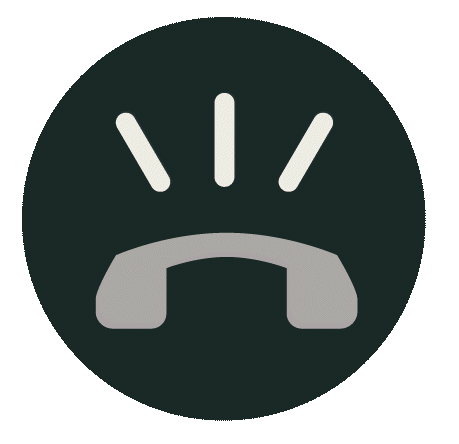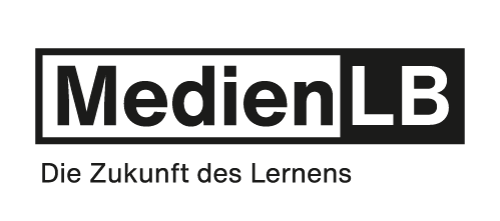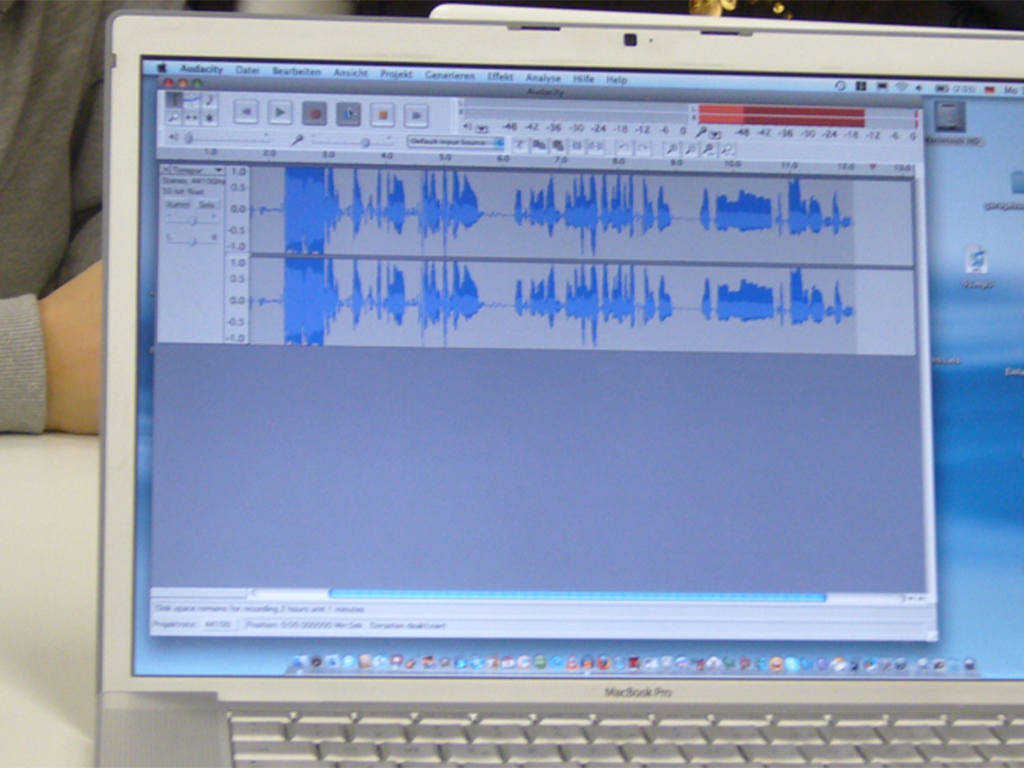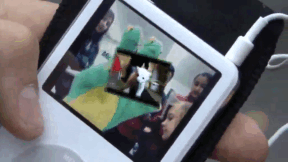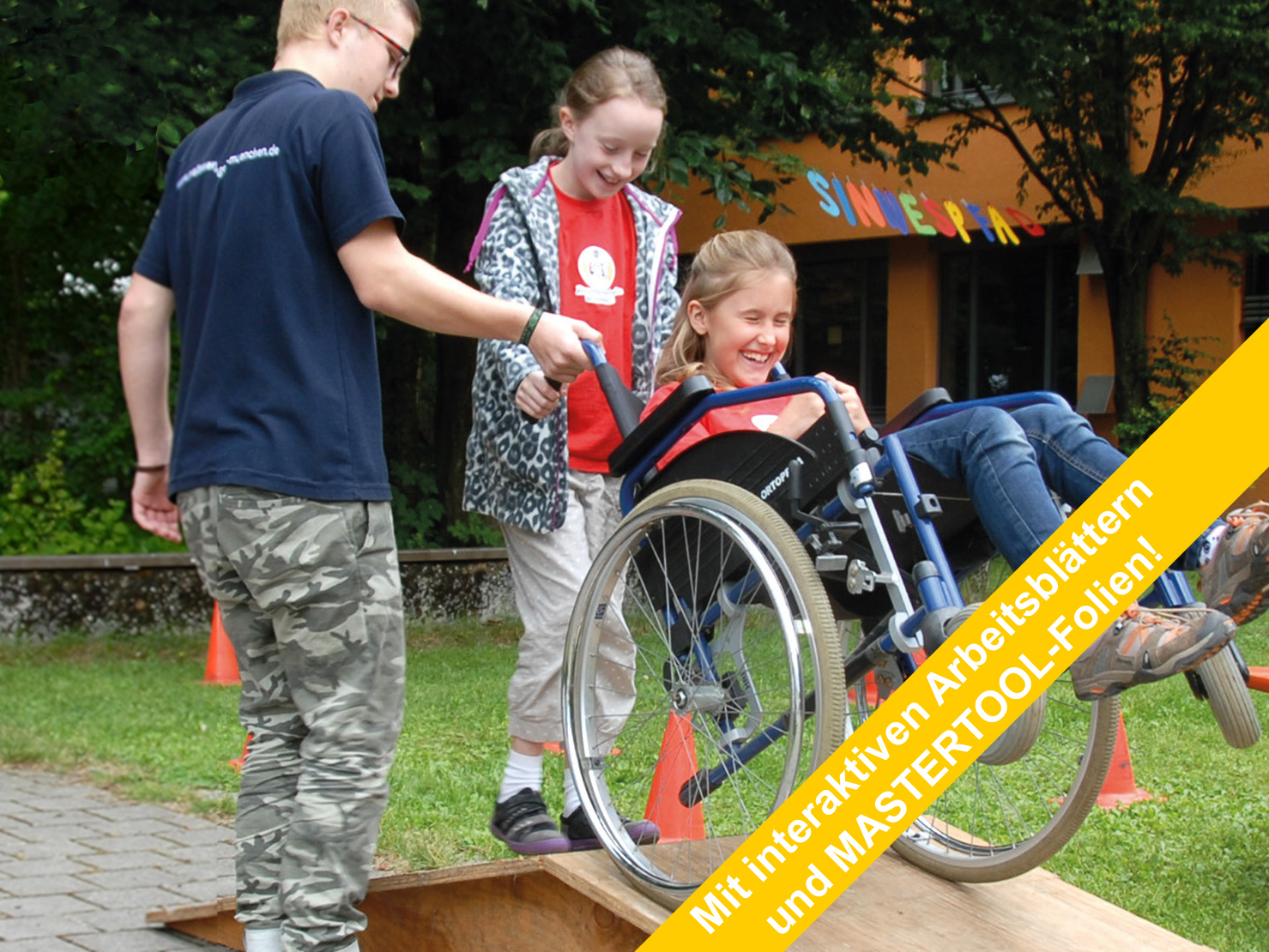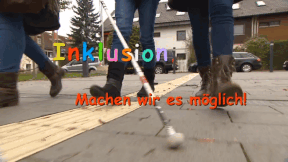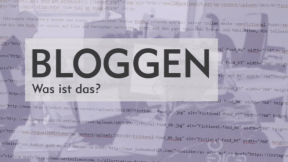 Biology
Biology
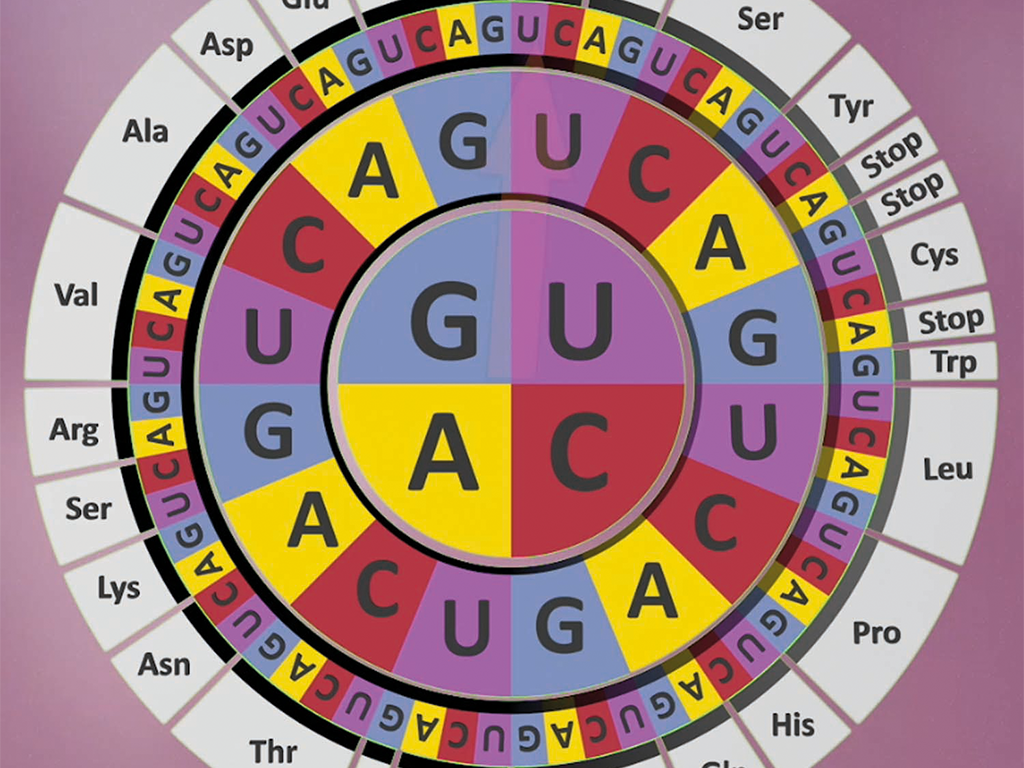

46502161 / 55501786
Genetic Code Sun
Deciphering the Code of Life
Life on Earth assumes a large variety of shapes. There is plant life and animal life. Protozoa live alongside human beings, ants alongside fish and elephants, a blowball alongside a cactus.
At first glance, the creatures living on Earth do not seem to have much in common. There are various manifestations of life in terms of characteristics and appearance. Is it possible that this impression is wrong? Is there something that all these creatures have in common in their internal structure? This is hard to believe if you compare a plant with an animal.
Let’s take a look at two more creatures: an ape and a human being – what do these two species have in common?
It is easy to find some differences and some similarities. Monkeys and humans have a similar body structure and similar limbs. In spite of that, we can clearly distinguish an ape from a human being. Where do these similarities and differences come from?
Genetics provides answers to these questions. It is the science of heredity. The term “genetics” stems from the ancient Greek word “genesis” – “origin”.


Curriculum-centred and oriented towards educational standards
Matching
Podcasting
Today, the use of new media has become a matter of course not only in everyday life – schools and teaching, too, benefit from the new technologies and methods, which support active and independent learning. Especially in computer science, ethics and language courses but also in all other subjects, modern media are a valuable pedagogic and didactic asset. This DVD uses the example of podcasts to demonstrate how the possibilities opened up by new media can be applied in the classroom and how the pupils can be taught to handle them in a competent and target-oriented manner. The film is aimed at supporting the use of podcasts at school and encourages making them. This also requires the ability to find information on the Internet and assess it. The film informs on the functionality of podcasts and technical background as well as on the teaching and learning possibilities offered by podcasts – ranging from specific contents to superordinate learning targets such as the advancement of creativity and team spirit. The DVD is a useful support for teachers applying new media and wishing to show their pupils how to handle Running Time: 20:29 ms them in a sensible way.
Inclusion
Madita is eleven and blind. She does not want to go to a special school but to a regular grammar school. She says she feels "normal" there. Jonathan is eight and has a walking disability. He likes going to the school where he lives. Here, his best friend sits next to him. Max Dimpflmeier, a teacher who is severely deaf, explains that school life is not easy. Quote Max Dimpflmeier: "You don't want to attract attention, you want to avoid saying that it is necessary for you that 70 people adjust to your situation." People on their way to inclusion.
Blogging
The weblog or blog, for short, as a medium is not much older than this century. Blogs came into being in the World Wide Web as ’messages from below’, as web pages from web creators who wanted to share their view of the world with the world. They are short notes, long texts, pictures, videos, which are posted loosely and at random intervals to the world for an undefined public.

